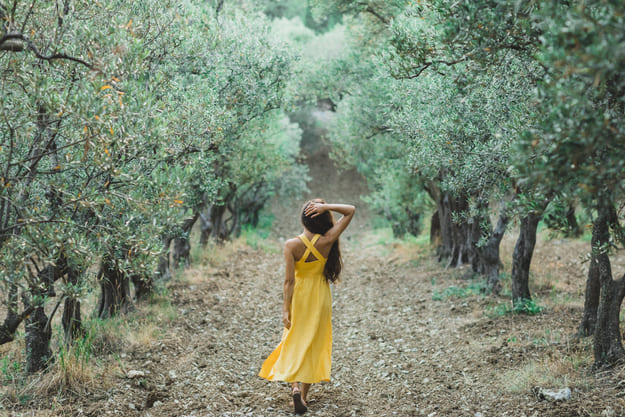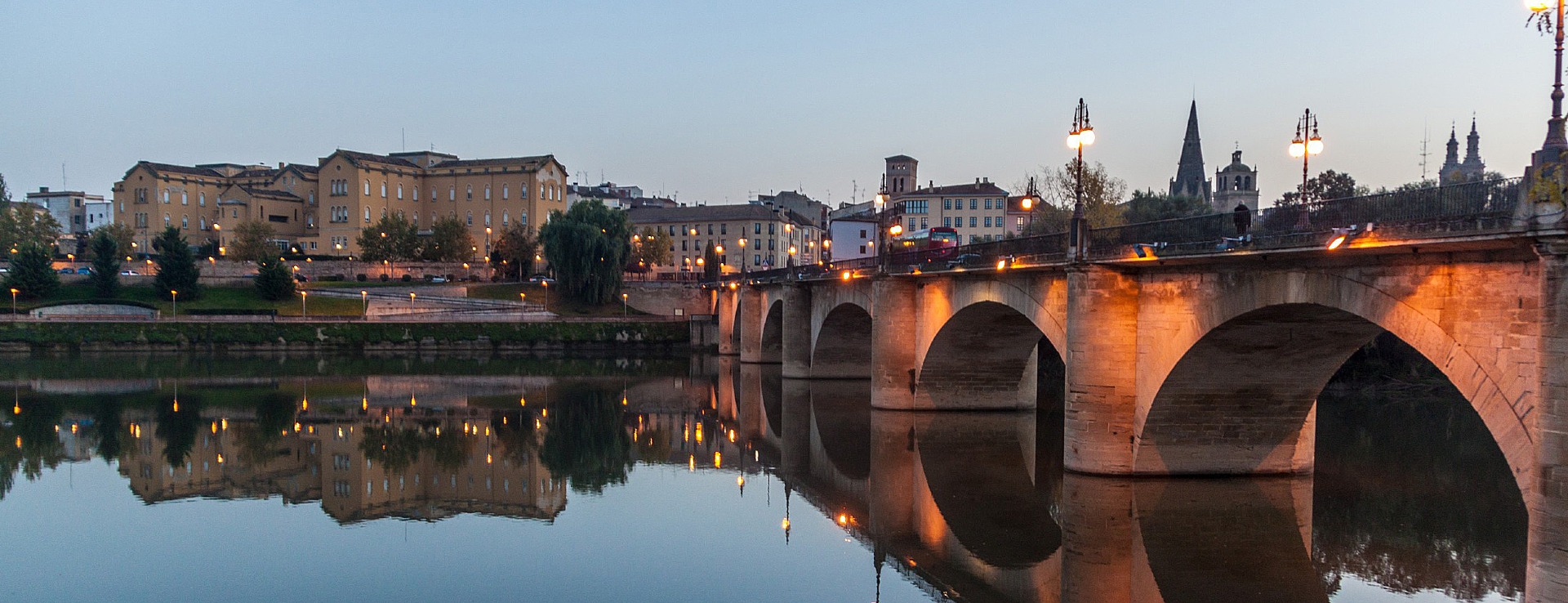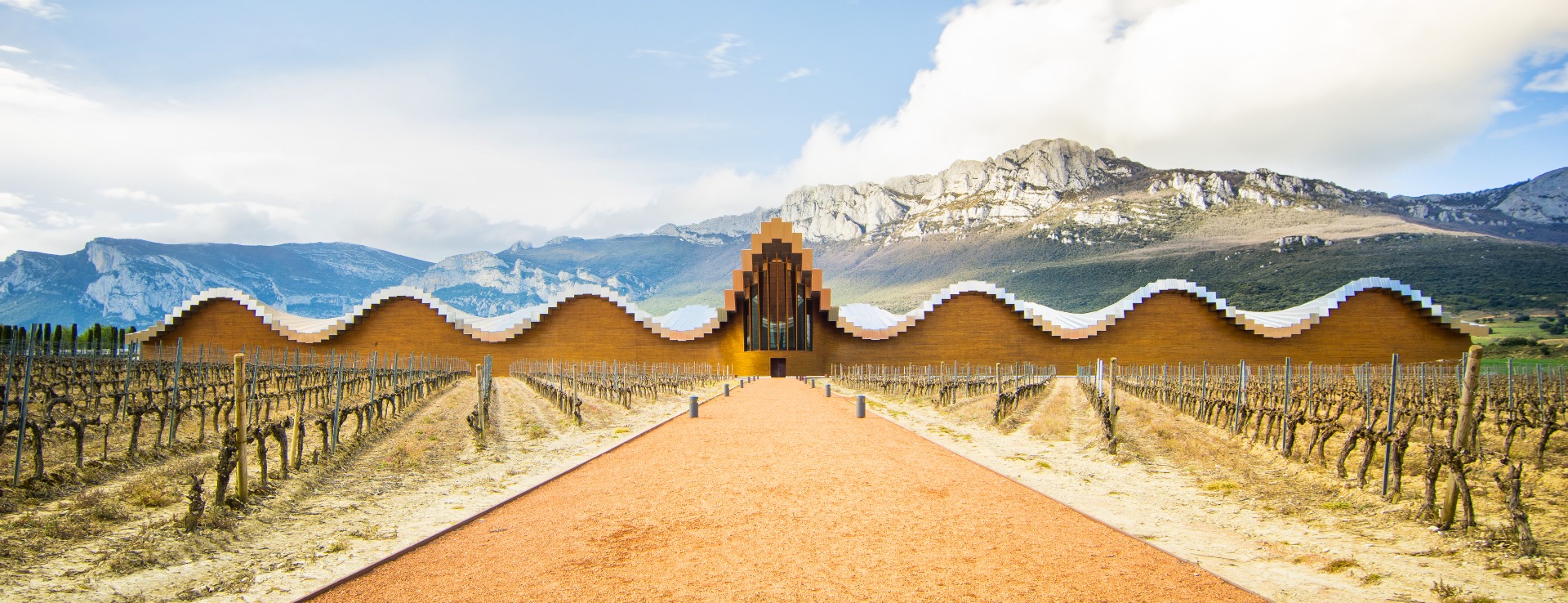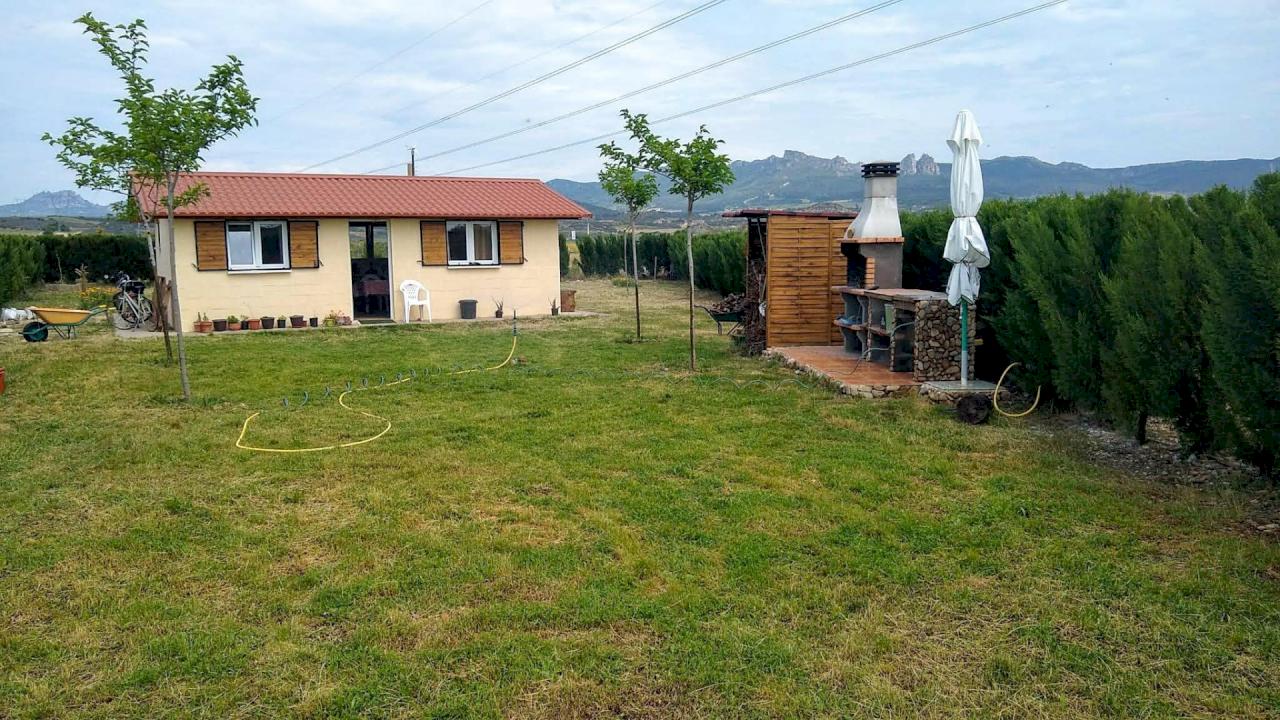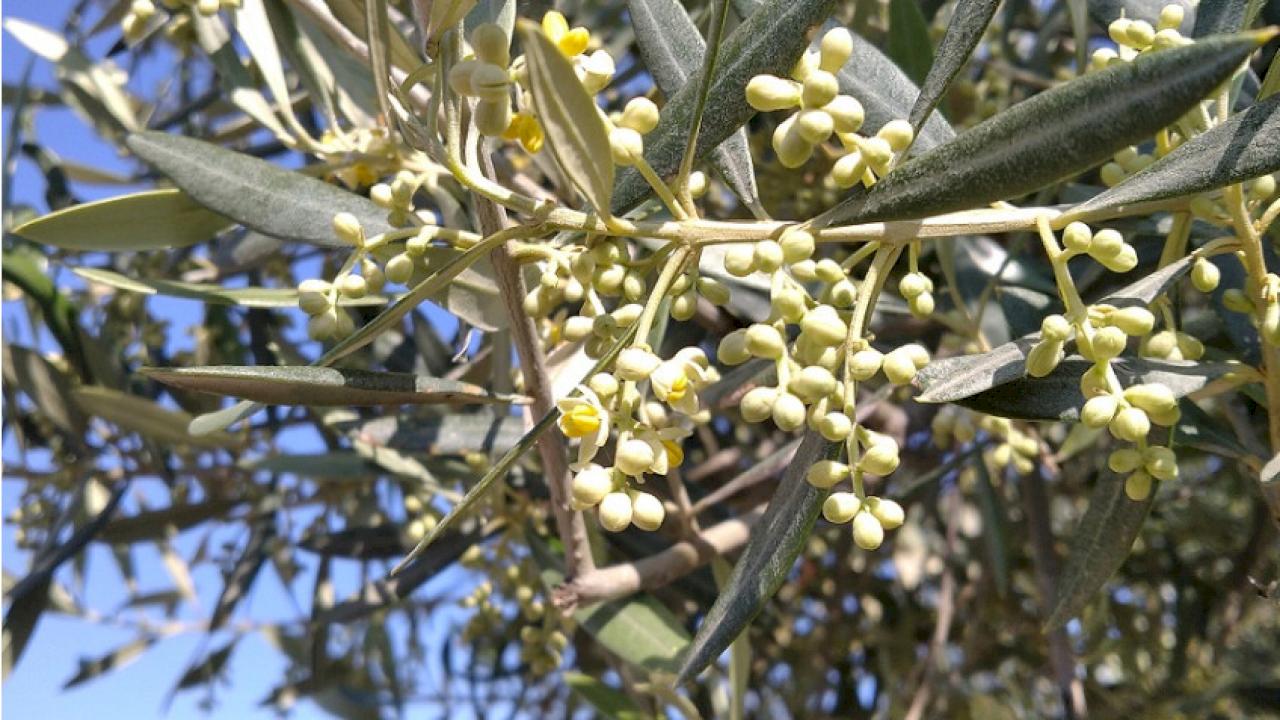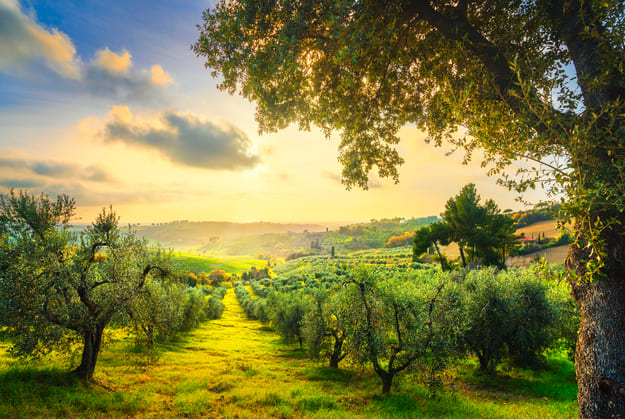Find your olive grove or oil mill
Infographic of the area
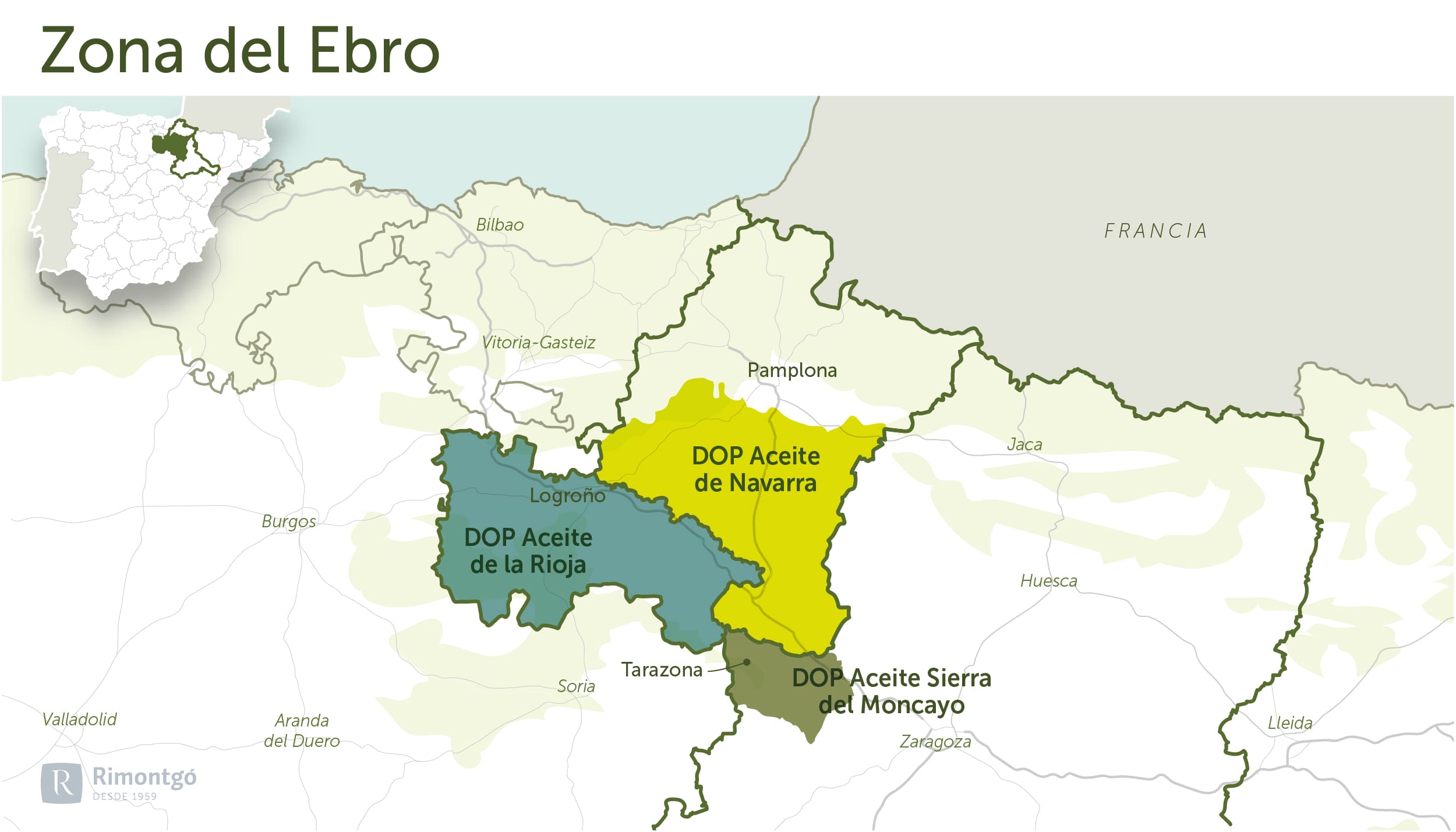
La Rioja
In La Rioja, the DOP Aceite de La Rioja stands out as the only olive oil DO in the area.
DOP Aceite de La Rioja
It covers the entire Autonomous Community of La Rioja, made up of the regions of Rioja Alta, Rioja Media, Rioja Baja, Sierra de Rioja Alta, Sierra de Rioja Media and Sierra de Rioja Baja. The surface area of olive groves in Rioja is 1,700 hectares registered.
Varieties
In the 503,388 hectares of the Autonomous Community of La Rioja a multi-varietal oil is produced, with the native varieties redondilla, machona and royuela; and another single-varietal oil with arbequina.
The surface area of olive groves has increased in the Community from 2,945 hectares in 2000 to 5,662 hectares in 2018. In addition, a high percentage of production is extra virgin.
History
The first traces of olive growing in La Rioja date back to Roman times. Despite being located in an area on the edge of cultivation, La Rioja is a region with a long tradition of olive growing. For centuries, the municipalities located in the areas of La Rioja Baja and La Rioja Media.
From a historical point of view, it was the Romans who were the first to apply the extraction of olive juice by pressing in La Rioja. As early as the 18th century, there are written references to the cultivation of the olive tree in the province, the only crop that is available in order, and to the olive presses where it was processed. In this century, Berceo also highlights the oil from La Rioja which was exported to the Indies and Northern Europe.
Climate and soils
The olive groves in La Rioja are located mainly on brown soils, with little humus in the upper horizons, rich in limestone, clay, silt and sand and without impermeable horizons, which ensures proper drainage.
The predominant climate in the protected geographical area, temperate Mediterranean with a certain degree of continentality, mild winters, long, hot summers and low but sufficient rainfall to ensure the correct development of this dryland crop, high luminosity and low fluctuations in temperature between day and night, is ideal for the correct development of the olive tree, leading to an increase in the oil and aroma content of the fruit and a reduction in its total acidity.
Once the winter vegetative rest is over, when the olive tree can withstand temperatures as low as -10 °C, the olive tree requires light and temperatures between 10 and 25 °C for its correct development. Thus, the Mediterranean climate of the delimited area ensures sufficient light and heat, but without the latter being excessively strong enough to stop photosynthesis and cause the leaves to wither, as the evaporation of the leaves is not compensated for by the roots.
Olive oil mills
Almazara Dehesa del Castillo, Almazara Ecológica de La Rioja, Almazara El Alberque, Almazara Experimental Finca La Grajera, Almazara Hejul, Almazara Olivarioja, Almazara Valle de Añamaza, Almazara Valle del Iregua, Almazara Villasante, Kel Grupo Alimentario, LR115 Almazara Riojana, S. Coop. Los Santos Mártires, SAT Galilea - Aceite de Galilea, Trujal 5 Valles.
Subscribe to our mailing list to receive news about olive groves and oil mills.
